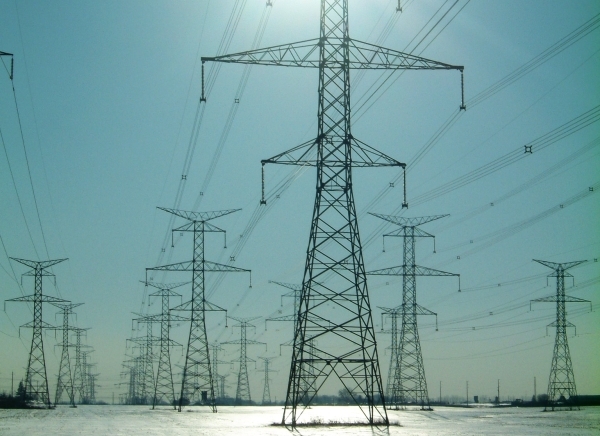It is always important to remember that there are two sides of the spectrum when it comes to hydro billing – peak hours and off peak hours.
Making a couple changes to your day-to-day routine, can shave up to $1,500 a year from your billing.
The standard rule that applies to supply and demand applies to peak and off peak hours. When electricity is low in demand it is cheaper. When it is high in demand the opposite applies, this is where we can make some changes by doing much of our ‘plugging in’ during off-peak timing. This time begins at 19h and runs until 7 am. Which can save you approximately 6 cents p/kWh.
Electronics
Much of your overall hydro billing consists of electricity, which is drawn when an electronic device or appliance is not in use – but is still plugged in. This is referred to as ‘phantom power’. Unplugging infrequently used items such as – toasters, microwaves, coffee machines, lamps, entertainment assisted devices (dvd players, cable boxes) will make a substantial difference in the amount of your overall billing.
Dryers
Doing much of your drying during off-peak hours, will reduce your energy costs by a substantial amount. Keep in mind that keeping your lint trap clean is a very important factor in the drying process. Moisture flows much easily through a clear lint trap – which overall will increase your dryers overall efficiency.
Hanging items such as towels, undergarments, denim simply fabrics which will dry easily – will reduce costs as well.
Washing Machines
Keep in mind that, running your washer with cold water will cut overall electricity costs up to 90%. Keeping like coloured / fabric clothing until you have a full load, doing it during off peak hours and on weekends.
Refrigerators
Typically, refrigerators use the most electricity in ones home. If your refrigerator has an energy saving mode, switch to it. This feature will disable the small heater that is used to prevent moisture from building up on the outside. Unless you notice a consistent amount of condensation on your refrigerator, it is better to keep the switch off. Also, keep in mind that you must let hot foods / leftover meals cool before putting them into the fridge for storage. Also, when cooking thaw foods in the refrigerator prior to cooking rather than using a microwave.
Light bulbs
CFL’s (Compact Fluorescent Bulb’s) use almost 80% less energy than the stars light build. According to Toronto Hydro, the average home has about 30 light fixtures that cost you $300 worth of electricity every year. Take the time when you visit your local hardware or big box store and stock up on ENERGY STAR qualified CFL bulbs which require three (3+) hours of light a day and end up saves any where between $30- and $50- a year.
Window Treatments
Window coverings can reduce the loss of heat in the winter, and work in the opposite way during the summer by keeping the heat out of your home. Throughout spring and summer seasons it reflects the heat back onto the sun – keep in mind that the most important windows in your home are always the south, east and west sides as they retain the most sun.
Weather Proofing
It is extremely important to ensure that the hydro you are paying does not go to absolute waste by. Weather proofing your home in the Fall & Winter seasons is detrimental to comfortable temperature on the inside. Winter is a good time to weather strip doorways, fireplaces dampers, air conditioners and any hatches (attic areas). Draft reduction can save you up to 30% a year on your overall heating costs.
From time to time it is always good to perform a personal energy audit where you are able to see where much of your energy use is going. You can find several forms online, it is just up to you to fill in the fields and do the overall calculations.

